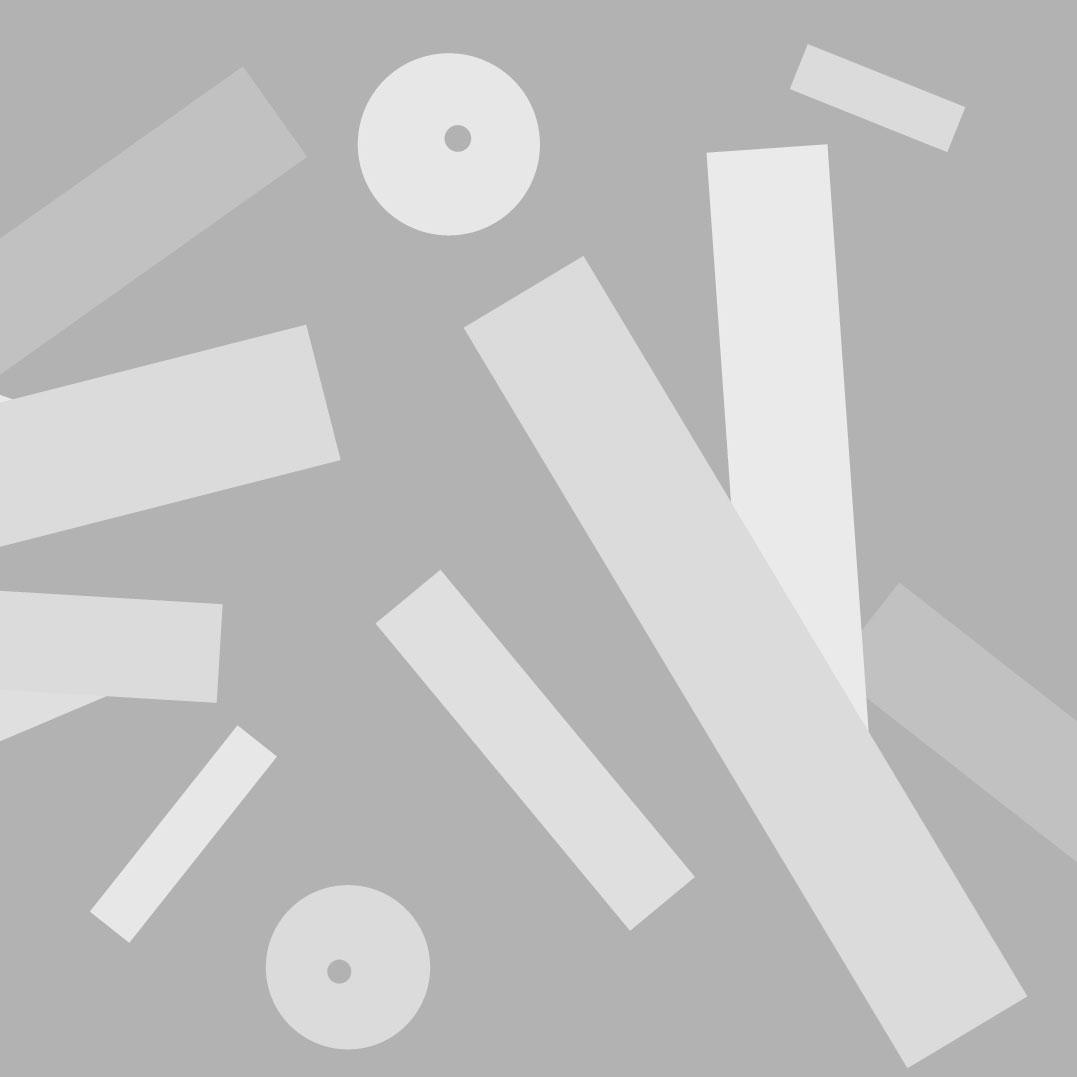Peculiar characteristics give the circus an affinity with our times. Its unique way of establishing and inhabiting space, its nomadism, its anthropological connection to our animal origins, and its global nature make circus art a fascinating field of investigation. However, it is especially the ability to place the body at the center that most closely aligns circus art with our sensibilities. In the circus, the element of the body takes on a bold and extreme narrative: the challenge of danger.
This challenge is well known to Dan Demuynck in his many years of experience as co-founder of the Compagnie Foraine, one of the most significant French circus companies that has, over the years, opened up to new horizons such as visual arts and literature. Their collaborations with artists from the Arte Povera movement, like Carlo Quartucci, Carla Tatò, Yann Kounellis, and the Zattera di Babele, are significant. This search for transversal relationships explores the territories of contemporary art without losing the traditional codes of the circus.
However, this has nothing to do with the aestheticizing trend of the new circus, which has been widespread in France for a decade, as Dan Demuynck declares: "We are not part of the new circus. I am convinced that none of the artists we work with would have agreed to collaborate with the new circus, because it is a hybrid, weak form. Many are attracted by the poetry of the big top, but once they have one, they turn it into a traveling theater. Few of us today have chosen the circus to explore the circle, the ring, and the big top. Visual artists share this research with us and at no point try to transform the big top into an Italian-style theater or a stage."
Currently, the Compagnie Foraine no longer exists. Dan Demuynck has chosen his own path of research, which has materialized in the founding of Etokan associé-e-s.
Buren Cirque is Dan Demuynck's latest creation, co-signed with his son Fabien and artist-sculptor Daniel Buren, who was already his collaborator in the previous work Et QuiLibre? created within the Compagnie Foraine. Following a path of continuity with the past, and a confrontation between visual arts and all the disciplines of circus art, Buren Cirque "puts on stage" an imaginary circus where a group of soloists of classic acts (jugglers, trapeze artists, clowns, animals) coexist with a completely new spatial relationship created by Daniel Buren.
The artist examines the circumference of the big top to enter it with his works not as a simple exhibition space, but to inhabit it and share it with others, trying to provide the spectator with a multiplicity of viewpoints. "I create and play," Buren declares, "on the confrontation between inside-outside, front-back, on what is seen and what is not seen. The relationship between the viewer and the exhibited work is completely reversed: there are no longer one or two predetermined viewpoints, but a multitude of viewpoints without hierarchy that respond to, intertwine, and enrich each other. It is the viewpoint chosen by the spectator that defines what they will see."
A true territory of confrontation with Buren Cirque, the big top transforms into a place where the profane mixes with the chaotic and multifaceted trends of contemporary art.



